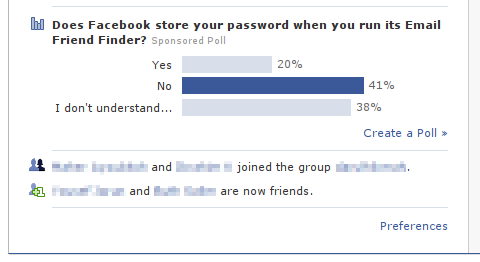In the age of Facebook, in an era where privacy and anonymity are a thing of the very distant past, quite a few “features” of technology have been banished from daily use, forced to languish in the corner in a sad state of disuse and disrepair. But perhaps none have suffered such a miserable and regrettable fate as the BCC.
Quick: if you’re fighting with a friend and want to let your BFF know what’s going on as you send your frenemy a nasty messsage — what’s the best way to pull that off?
If you’ve completed the switch to Facebook mindset, your convoluted answer would consist of something to effect “Send a message to X, copy and paste it, and send it to Y.” And you’d be right – Facebook doesn’t give you another way of pulling this off. FAIL!
Let’s say your technical skills are not in such a pitiful state and you have enough sense to still use email for day-to-day communications. What’s your answer then? “I’ll just send X an email, then forward my result to Y.” aaaaaaaaand that’s another fail.
See, there’s this oft-overlooked feature my commandline mail client from the 80s has that solves this. It’s called “Blind Carbon Copy,” or BCC for short. You can send an email to more than one person without all your recipients knowing who you sent it to!

